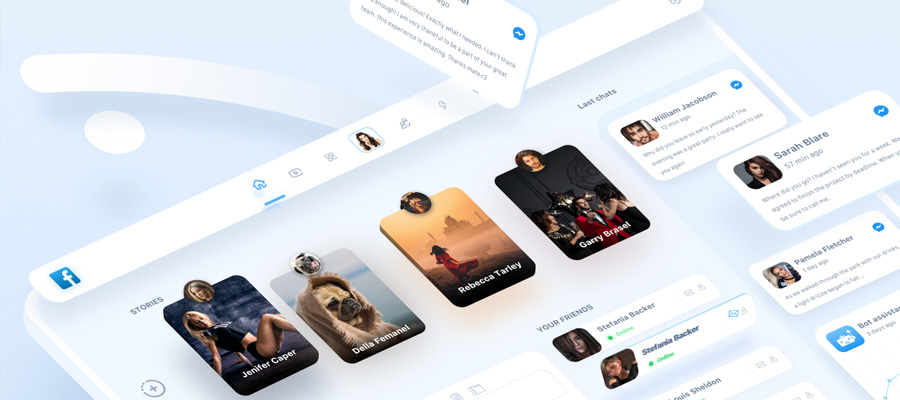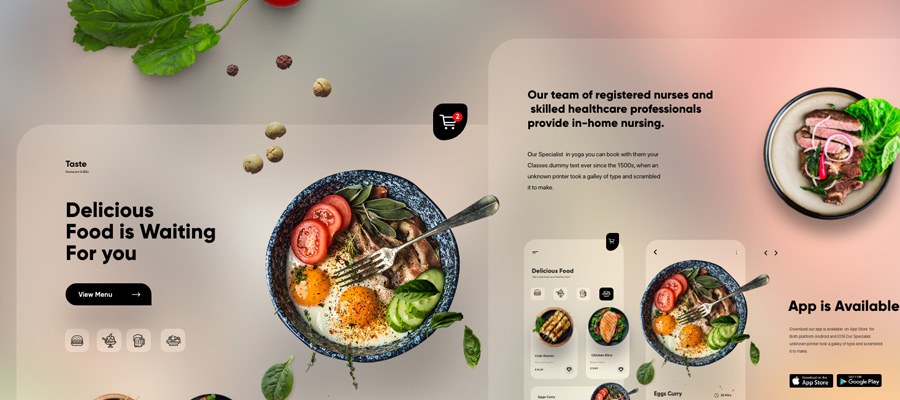As the web has spread its tendrils around the globe to truly earn its ‘world wide’ tag, the opportunities for reaching out across cultural and geographic boundaries have never been more pronounced. The internet has the potential to connect your business or blog to new customers and audiences worldwide, but there's more involved in making a site both accessible and appealing to a cross-cultural audience than simply throwing it into cyberspace and hoping for the best.
With less than 20% of the world's population speaking English as their first language (and studies showing that even those who speak it as a second language put more trust in sites written in their native tongue), the most important issue is probably translation.
Consideration also has to be given to practical issues such as not using too much Flash in markets without widespread access to high speed broadband, making sure each audience can navigate the pages easily, and employing multi-lingual SEO strategies to ensure your potential new audiences can find the site to begin with.

These are all essentials aspects of creating cross-cultural websites but, once these essentials have been addressed, other design considerations are often overlooked. With the content of a series of localized websites fully translated and optimized for SEO, it's easy to use the same design template for each, especially if using Cascading Style Sheets (CSS), which allow the content to be kept separate from page design and therefore allow for translation of content without redesigning each page from scratch.
High and low context cultures
Some specific visual and design concepts can have a clear effect – whether beneficial or detrimental – on the way a website is viewed within certain cultures. Pigs are seen as unclean in Islam, for example, so a happy cartoon porker as a logo is unlikely to go down well in Saudi Arabia. Similarly, photos of bikini-clad holidaymakers are best avoided in sites aimed at markets in more conservative cultures. Color schemes can also have an effect as different colors have different connotations in different cultures. White, for example, can represent marriage in the West, but signifies mourning in much of the East.
There are other design considerations that might seem more nebulous and less clear-cut, however. Anthropologist and cross-cultural researcher Edward T. Hall proposed a framework in his 1976 book Beyond Culture that identified cultures by the styles in which they communicate. Some cultures, such as the Swedes, Germans and North Americans, communicate mainly through clear, explicit statements, whether verbal or written. These can be classified as 'low context' cultures.
Others, such as China and Japan and much of the rest of Asia, have a tendency to place as much or more importance on other communicative devices, such as body language or even silence. Taking cues from situation and context, these are 'high context' cultures. The graph below demonstrates the flow between a number of high and low context cultures, with Italy and England sitting in the middle.
High Context
Japan Arab Countries Greece Spain Italy England France North America Scandinavian Countries German-speaking Countries
Low Context
A table of cultures descending in order from high to low context. Source: Understanding Cultural Differences by Hall, E. and Hall, M.
When it comes to incorporating these ideas into website design, the differences can be subtle and difficult to grasp, but may also be worth pursuing. A couple of decades after Hall's original hypothesis, various studies have confirmed that the design of a website has an effect on the way it is viewed by people from different cultures.
Take a look at Nokia's localized German site.
The page is loaded with information. Individual phone models are neatly arrayed in a grid-like pattern with brief descriptions, prices and buttons for 'more info' clearly displayed. Nokia services are similarly displayed while a brief text summary of Nokia's pitch is included above a host of links.
Nokia's Japanese site is entirely different.
Instead of the product itself, Nokia here shows images that evoke some of the concepts they want the audience to associate with that product. The runners seem to represent energy and vitality. The picture posted above the 'About Nokia' links suggests innovation and problem solving while the one above the support services implies relaxation and a problem solved.
Coca Cola's Swedish site, meanwhile, is minimalist and functional, with simple dark text on a white background and small, squared-off clickable links.
The Chinese version is a riot of color and far more visually targeted. As is often the case in high context cultures, people feature as much as or more than the product.
There's clear branding across these sites but there are also clear differences in design and style. The big multinationals understand that there's more to cross cultural web design than just translation and technical issues – they’re presenting their content in a way that speaks to those target audiences in a visual language they understand.





















